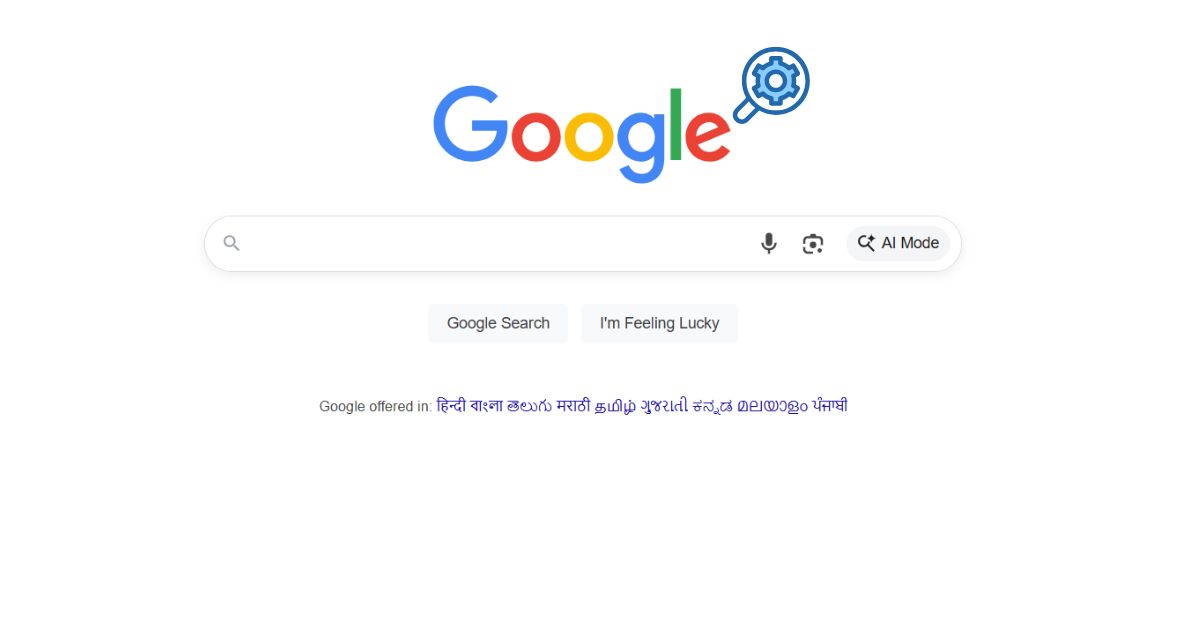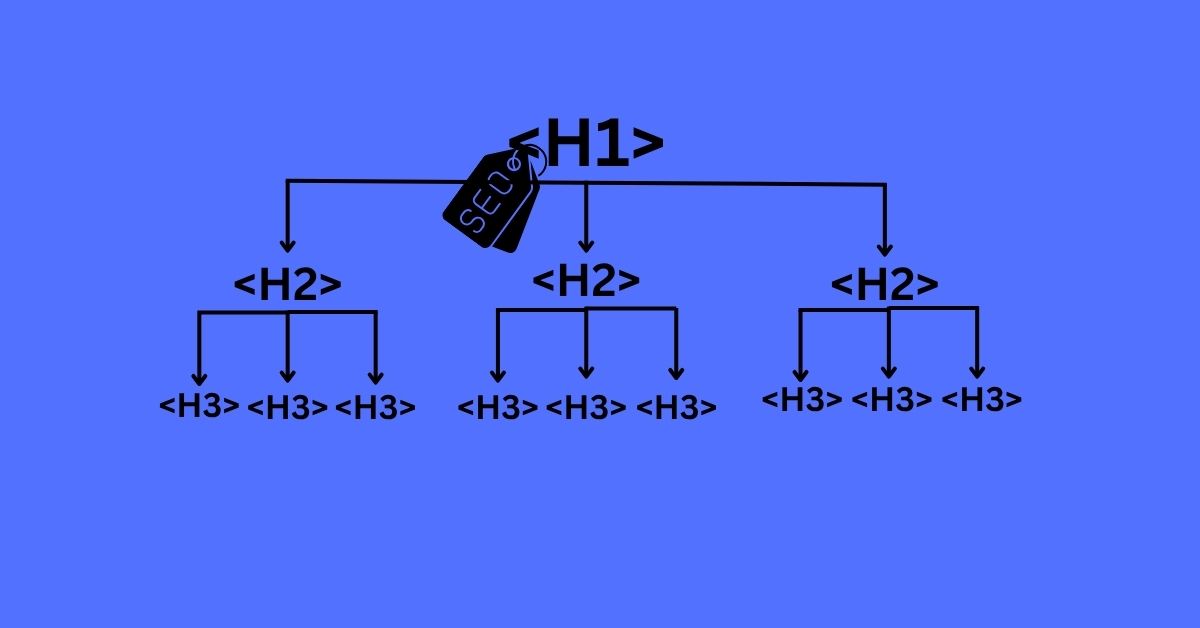
Most of us treat meta descriptions like an afterthought.
Writing meta titles and descriptions usually comes after completing a compelling page or a well-researched, in-depth blog. Fit in a main keyword, highlight the gist of the page, and anything else you could fit in limited characters.
But is that all? And if you’re truly putting in your best, will it do any favour to your SEO rankings? We’ll walk you through every question you have about meta descriptions.
Table of contents
What’s a Meta Description and What Does it Do
A meta description is an HTML attribute that helps search engines and users with a concise summary of a webpage’s content.
The meta description appears below the page title in search engine results pages (SERPs). It’s crucial information that gets shown in a snippet and can influence visitor’s decision to click on your site.
In a way, a meta description sets expectations for your users about the page they’re about to open. So, the better the meta, the higher the chances of getting clicked on.
What Role Do Meta Descriptions Play in Your Rankings?
Meta descriptions are not a direct ranking factor in Google’s algorithm.
Now this simply means that simply optimising your meta descriptions with keywords won’t propel your page to the top of the SERPs. This influence, however subtle, is substantial.
Meta descriptions can significantly boost your click-through rate (CTR). A compelling, relevant meta description entices users to visit your site, and higher CTRs can send positive engagement signals to search engines like Google.
When more users click your result, Google may interpret your page as more relevant, (which can, over time, help improve your rankings.)
Best Practices for Meta Descriptions in 2025
- Optimal Length: While the maximum length is 150–160 characters, it’s better to encapsulate everything under 144 characters for best results. Long descriptions tend to get truncated in the SERPs, not only omitting key information but also putting off your users.
- Compelling Copy: The best principle is to treat your meta description like ad copy. Spark curiosity by highlighting benefits, and include a CTA (call to action) to encourage clicks.
- Optimise for User Intent: Frame descriptions in a way that they address what your target audience is searching for. Your focus should be on clarity, value, and relevance rather than blatant keyword stuffing.
- Uniqueness: Every page should have a unique meta description. Duplicate descriptions can hurt CTR and may cause Google to generate its snippet, which might not accurately reflect your content.
- Keyword Relevance: While not a ranking factor, including relevant keywords can help users quickly identify that your page matches their query, as Google sometimes bolds matching terms in the SERP snippet.
- Structured Data: Implement schema markup to help search engines understand your content’s context, which can enhance your appearance in rich results and voice search.
How to Track Meta Description Performance
You can track your meta description’s performance by overseeing impressions, clicks, and CTR in Google Search Console. A/B testing different versions can reveal what resonates best with your audience. Pay attention to bounce rates and user engagement metrics as these can signal if your descriptions are attracting the right visitors.
Final Thoughts: Are Meta Descriptions Still Worth It?
To reiterate, meta descriptions are important, even though they may not directly boost your rankings. They can contribute to attracting clicks, enhancing user experience, and reinforcing your brand’s presence in the SERPs.
By crafting unique, intent-driven, and compelling meta descriptions, you can maximise your visibility and performance amidst crowded search results.
Want to optimise your meta descriptions but still want some direction? We’re here for all things SEO. Let SEO Agency in New Zealand help you with a free website audit and pinpoint exactly which pages may need attention for better meta information.




